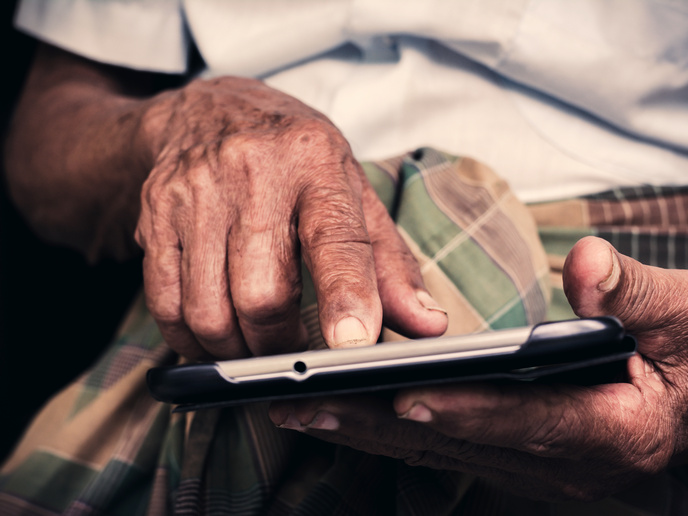Transforming digital mobility from a privilege into a right
Mobility services such as car sharing, the rental of e-scooters or simply buying a bus ticket are becoming increasingly available only through digital channels such as a mobile app or a website. At the same time, many people do not have digital skills, a smartphone or a continuous internet connection and cannot therefore enjoy the benefits of such services. An average of 42 % of the EU population do not have basic digital skills. Very often they belong to vulnerable population groups, such as people with low income or level of education, people with physical or mental disabilities, older people and children. The EU-funded INDIMO project developed the Inclusive Digital Mobility Toolbox that addresses this issue by providing guidelines and recommendations to the key stakeholders in digital mobility.
A user-centric approach to digital mobility
“INDIMO takes a user-driven perspective on new technologies rather than trying to impose the new technology on people,” clarifies project coordinator Imre Keserü from the Mobilise Lab of Vrije Universiteit Brussel. The team has done extensive research to explore the needs of vulnerable people when using digital mobility services by involving more than 240 users, non-users of digital services and other stakeholders through 64 co-creation sessions. Therefore, the guidelines they developed reflect their needs, such as creating a friendly interface, providing in-person live assistance, and explaining the use of personal data concisely and understandably. “Also, we have found that coupling the digital and physical experience is important since all digital mobility services have a physical component,” explains Keserü. “You can create the most user-friendly digital interface, but the trip may not happen if the physical component is not accessible, because you cannot find that car-sharing vehicle in the parking or you cannot get on the bus because it is not accessible for wheelchairs.”
Digital transport tools based on users’ requirements
The toolbox consists of four online tools that are available in English, Spanish, Dutch, German, French and Italian on the project’s website. INDIMO's Universal Design manual for digital transport services supports developers and operators by incentivising user-centric thinking and offering a universal design perspective. The Universal Interface Language Manual consists of guidelines for improving the design of icons and interfaces of smartphone apps and websites. The Cybersecurity and privacy assessment guidelines enhance the security of digital mobility solutions starting from a user-needs perspective and in compliance with European regulations and standards. Finally, the INDIMO Service evaluation tool contains 76 questions to rate the inclusiveness and accessibility of a service, providing tailor-made recommendations to ensure both elements.
Accessibility and mobility for all
“We implemented the tools in five pilots in Emilia-Romagna, Madrid, Antwerp, Galilee and Berlin, but we hope that many more cities and regions will use them and at an early stage of service and software development,” says Keserü. The team would also like to see their recommendations implemented in a common European platform. This would take the form of a one-stop shop for inclusive co-design solutions and planning tools, ensuring the continuity of project results. “With technological development going at a high pace, people should not be left behind. Therefore, building on the results of INDIMO, we would like to extend the principle of universal design to more digital services such as the design of autonomous public transport and mobility as a service,” concludes Keserü.
Keywords
INDIMO, digital mobility, mobility services, universal design, accessibility, digital services, inclusiveness, transport







